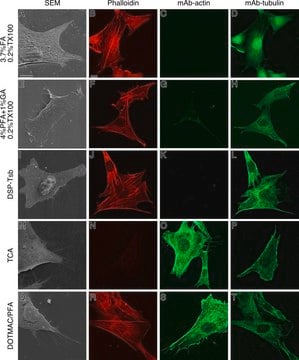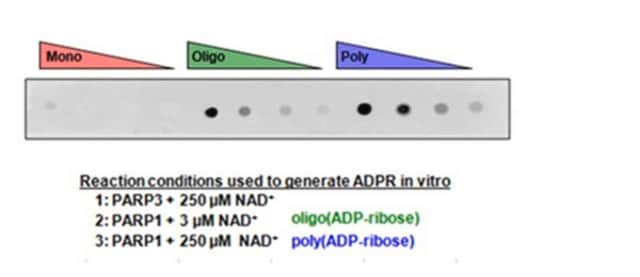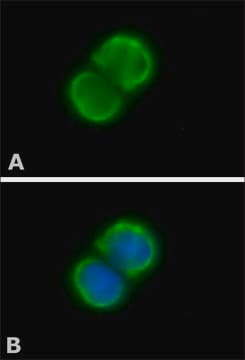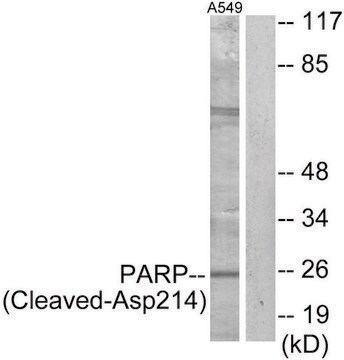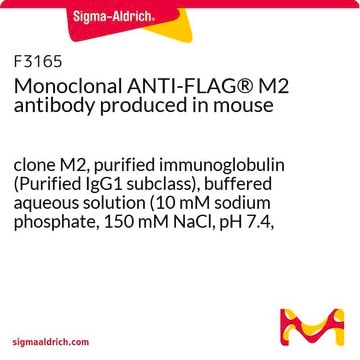추천 제품
생물학적 소스
mouse
Quality Level
결합
unconjugated
항체 형태
ascites fluid
항체 생산 유형
primary antibodies
클론
C-2-10, monoclonal
분자량
antigen 116 kDa (PARP)
antigen 85 kDa (prICE/caspase-3 cleavage product)
종 반응성
hamster, rat, mouse, primate
반응하면 안 됨
avian
기술
ELISA: suitable (Assay Dependent)
immunocytochemistry: suitable (Assay Dependent)
immunofluorescence: suitable (Assay Dependent)
immunohistochemistry: 1:10-1:100
western blot: 1:500
일반 설명
Poly (ADP-ribose) polymerase 1 (PARP1)/PARP is encoded by the gene mapped to human chromosome 1q42. It is a nuclear protein with molecular mass of 113kDa and is characterized with three functional domains. It belongs to the PARP superfamily.
특이성
면역원
애플리케이션
생화학적/생리학적 작용
물리적 형태
면책조항
적합한 제품을 찾을 수 없으신가요?
당사의 제품 선택기 도구.을(를) 시도해 보세요.
Storage Class Code
10 - Combustible liquids
WGK
nwg
Flash Point (°F)
Not applicable
Flash Point (°C)
Not applicable
자사의 과학자팀은 생명 과학, 재료 과학, 화학 합성, 크로마토그래피, 분석 및 기타 많은 영역을 포함한 모든 과학 분야에 경험이 있습니다..
고객지원팀으로 연락바랍니다.

